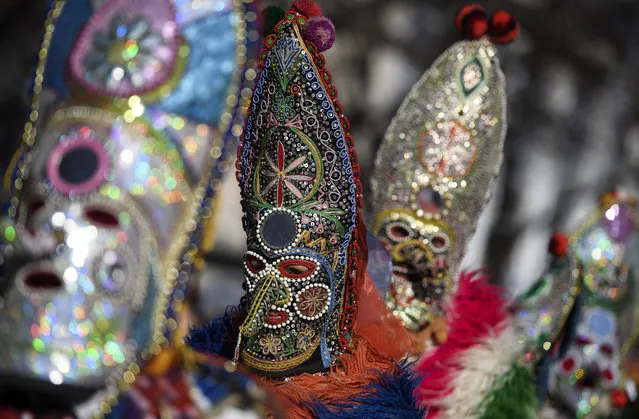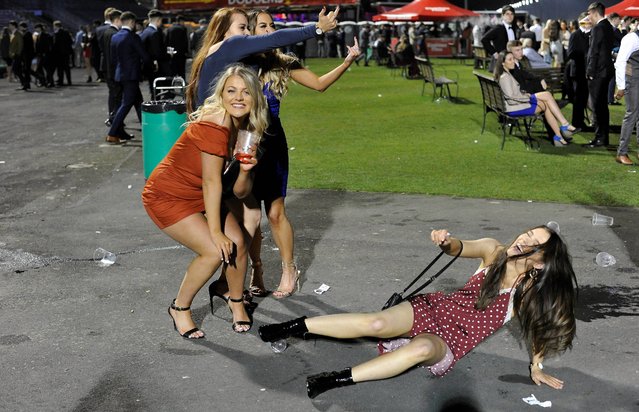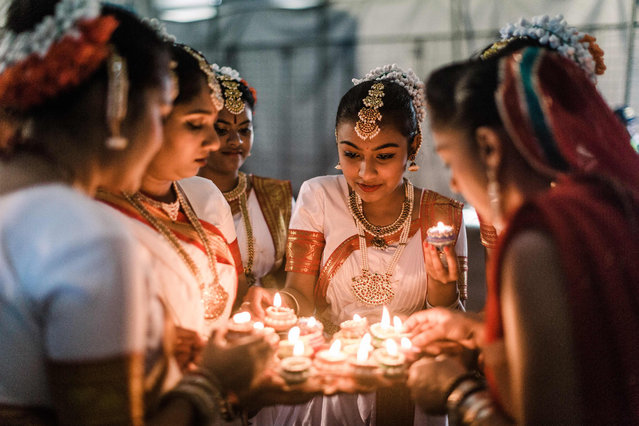
A model stands in a light backstage after presenting the collection by Russian designer Alena Akhmadullina at The Russian State Library, one of the three national libraries of Russia, the largest library in the country, largest in Europe, in Moscow, Russia, on Wednesday, November 29, 2023. (Photo by Alexander Zemlianichenko/AP Photo)
22 Jan 2024 08:59:00,post received
0 comments







